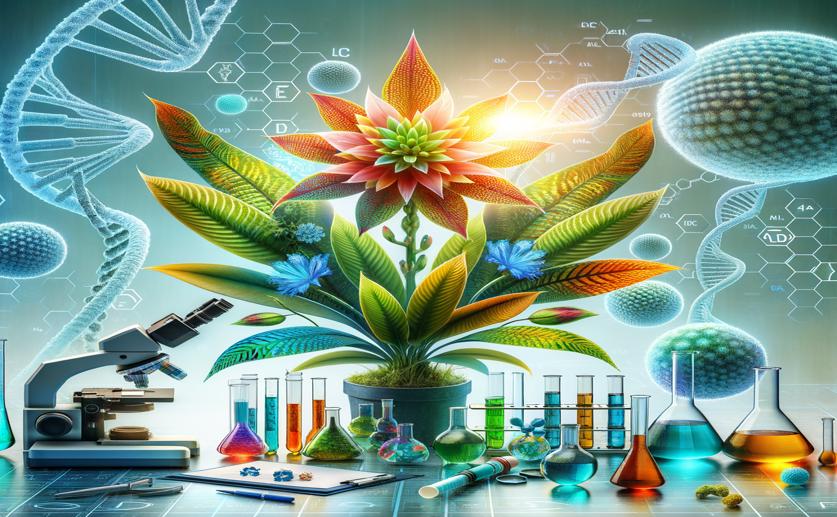
Unlocking Medicinal Secrets of Rare Plant Using Advanced Biological Techniques
Jim Crocker
28th May, 2024

Image Source: Natural Science News, 2024
Key Findings
- The study by the Ningxia Academy of Agricultural and Forestry Sciences explored the biodiversity and medicinal potential of the rare wild Glycyrrhiza squamulose
- Researchers identified 182 differentially accumulated metabolites and 395 differentially expressed genes in G. squamulose, indicating its significant medicinal value
- Key metabolites and genes involved in flavonoid biosynthesis were found, suggesting G. squamulose could be a sustainable alternative to the increasingly scarce G. uralensis
References
Main Study
1) Combining metabolomics and transcriptomics to reveal the potential medicinal value of rare species Glycyrrhiza squamulose.
Published 30th May, 2024 (future Journal edition)
https://doi.org/10.1016/j.heliyon.2024.e30868
Related Studies
2) An "essential herbal medicine"-licorice: A review of phytochemicals and its effects in combination preparations.
3) The anti-inflammatory activity of licorice, a widely used Chinese herb.
Journal: Pharmaceutical biology, Issue: Vol 55, Issue 1, Dec 2017
4) A review on the plant resources of important medicinal licorice.



 22nd May, 2024 | Greg Howard
22nd May, 2024 | Greg Howard